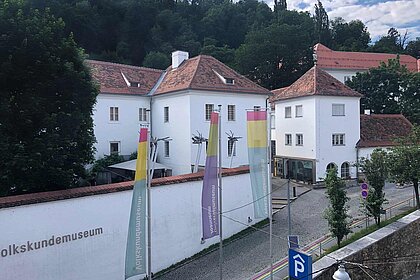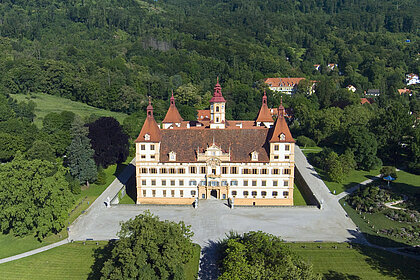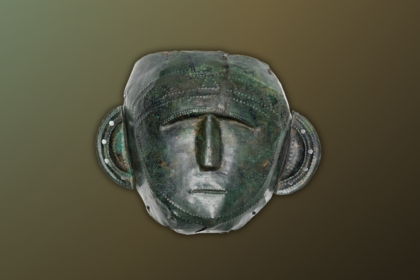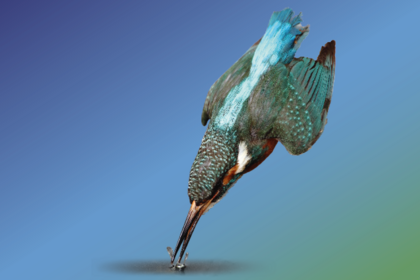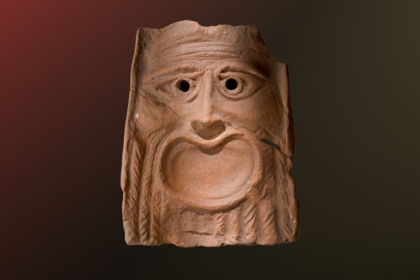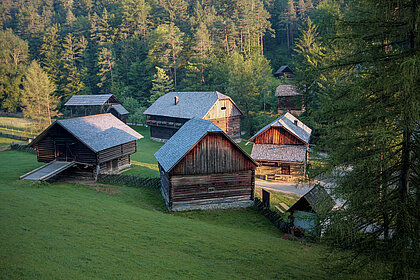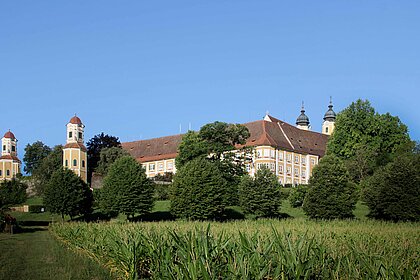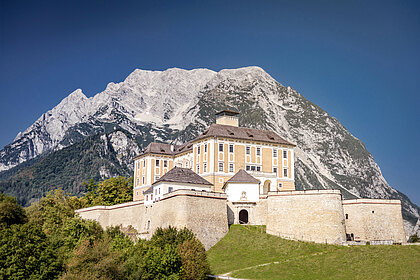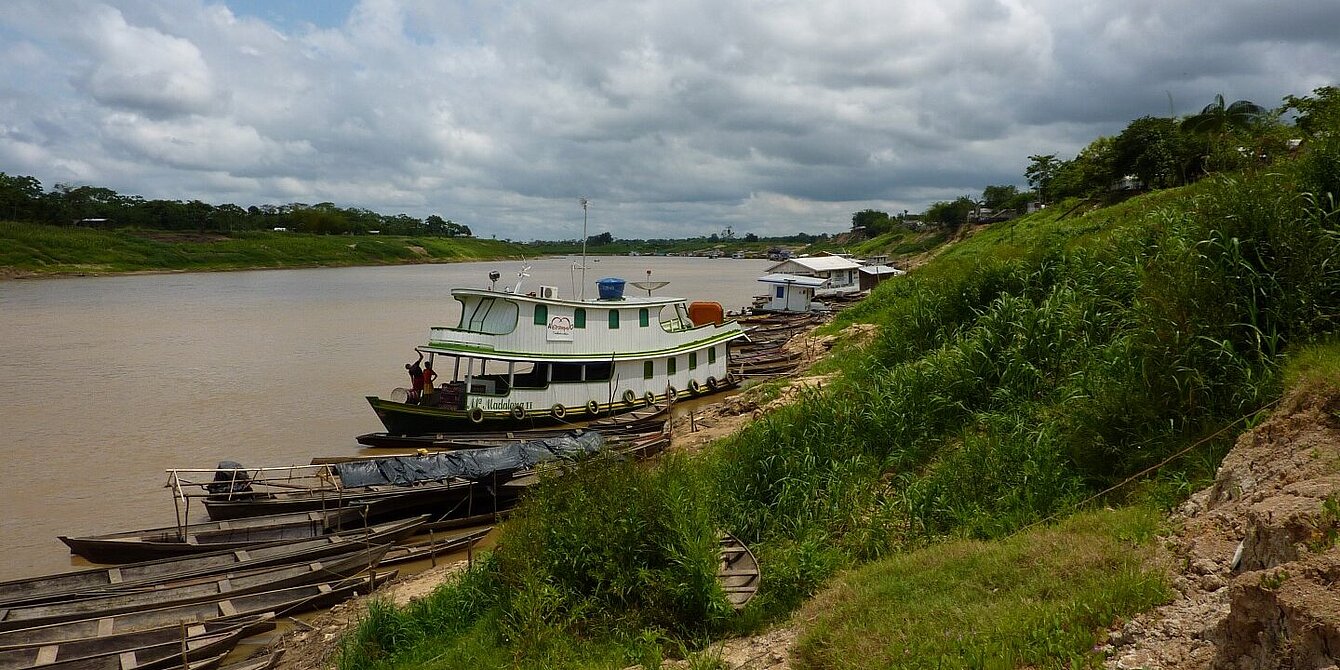Abstract:
Due to their longevity and limited biotic exchange with adjacent ecosystems ancient lakes are stages for radiation in various organisms resulting in extraordinary diverse, largely endemic and highly morphologically plastic biota. Thus, ancient lakes are a perfect setting to study evolutionary processes. This has been clearly demonstrated in several Recent ancient lakes (e.g., Lake Tanganyika, Lake Baikal) what has enormously influenced basic concepts in evolutionary biology. Among many other biota, within ostracods amazing species flocks developed in such lakes. These minute aquatic crustaceans with bivalved low-Mg calcite shells have an excellent fossilisation potential and reach high abundances in lake sediments. This makes them also attractive for studies in "deep time", however, limited to their hard parts and therefore to their phenotypes.
In the Miocene period the Palaeo-ancient lakes Lake Pannon (Central Europe) and Lake Pebas (Western Amazonia) were centres of ostracod diversification with hundreds of endemic species. Most of these taxa are mainly based on qualitative descriptors following a strict morphotype concept, paying little attention to morphological plasticity. As a result robust phylogenies, conclusive biostratigraphic zonal schemes and sound palaeo(bio)geographic considerations are still missing. To overcome these problems we will analyse the dynamics of ostracod assemblages with high-resolution samples down to 5 mm vertical sampling distance, representing time intervals of hundreds to tens of years. These results will be combined with multi-proxy palaeoenvironmental analyses based on, e.g., grain size distribution, carbonate, carbon, and sulphur contents, stable isotope ratios (oxygen, carbon) as well as magnetic susceptibility and gamma ray emission. Concerning ostracods we will focus on morphological traits of the cytherideid genus Cyprideis by using an extensive combination of traditional and geometric morphometrics, not neglecting qualitative characters at all and including investigations on juveniles to explore their developmental trajectories. Cyprideis is chosen because it is the best-studied Recent ostracod clade, dominating in aberrant environments and exhibiting a considerable amount of intraspecific variability. Both in Lake Pannon and Lake Pebas dozens of species were described and used for biostratigraphic dating and palaeo(bio)geographic reconstructions. We aim to evaluate (even subtle) changes in valve morphology on high-resolution key sections spanning in total several millions of years, try to explore possible extrinsic/intrinsic triggers and reconstruct evolutionary pathways. Extremely challenging and promising is the examination of the capacity of these phylogenetic lineages to respond to environmental changes. To test such interrelationships ideal candidates are Central Europe`s Lake Pannon and western Amazonia`s Lake Pebas, located in two completely different geographic areas reflecting also different histories but somewhat comparable palaeoenvironmental settings. Our investigations might result in an improvement of species delineation, a better understanding of speciation and a well-constraint reconstruction of their phylogeny. Of particular interest is the resolution of evolutionary patterns in terms of parallel and iterative evolution versus convergence. Thus, we aim to contribute desperately needed basic data to general questions of evolutionary processes.
Final report:
During the Miocene epoch two huge, long-lived ecosystems shaped Central Europe (Lake Pannon; age: ~12 to 6 Ma) and western Amazonia (Lake Pebas; age: ~17 to 9 Ma). Within both a restricted number of ostracod lineages (mm-sized, bivalved crustaceans) diversified rapidly. In particular, the brackish water genus Cyprideis experienced a remarkable radiation, giving rise to dozens of new, endemic species. As calcified ostracod shells are easily preserved in the fossil record, morphology-based investigations offered the opportunity to trace evolutionary processes in detail millions of years ago. Potential environmental triggers cannot be directly measured, however, can be deduced by a combination of sedimentological and geophysical/-chemical methods.
We studied two clay pits (Mataschen/Styria, age: ~11.3 Ma; Hennersdorf/Lower Austria, age: ~10.4 Ma), which expose several tens of metres of limnic sediments of Lake Pannon ( tens of thousands of years). Environmental changes (water depth, salinity, oxygenation, terrigenous influx), related to climate-driven lake level fluctuations, could be thoroughly delineated. The high-resolution sampling (5 mm sample intervals) of a 2.3 m thick section part (Mataschen) permitted the reconstruction of such changes and their effects on life down to a time-resolution of only a few years. A quantitative morphological analysis of Cyprideis valves revealed the gradual evolution of a new species, possibly linked to physiological adaptations to increased salinity caused by a rise in lake level.
In western Amazonia, we investigated natural exposures along rivers (e.g., Eirunepé/Brazil) and exploration cores (Brazil, state of Amazonia). Based on sedimentological indications, Lake Pebas was not to one vast, long-lived lake but corresponds to a mosaic of short-lived, shallow ponds/lakes, swamps and suspension-rich river systems (at least proven for the Eirunepé sections, age: ~9 Ma). The found ostracod associations and geochemical results (stable isotopes: δ 18O, δ 13C) demonstrated that Cyprideis has been fully adapted to freshwater conditions. Hence, the occurrence of Cyprideis in the Miocene of western Amazonia is no definitive evidence for the influence of marine waters and a straightforward application of uniformitarian principles is not feasible. The investigation of a 400 m long sediment core (age: ~1311.5 Ma) permitted the taxonomic revision of about 2/3 of hitherto described Cyprideis species of western Amazonia. Our results emphasised again Cyprideis capability to produce species flocks. Regularly it holds more than 90 % in the ostracod assemblages, with up to 12 co-occurring (sympatric) species within one palaeontological sample and fossil population, respectively. We assume that a locally unstable but on a regional scale long-lived wetland (Pebas mega-wetland) as well as specific pre-adaptations of Cyprideis (wide ecological tolerance, sexual reproduction, brood care) have facilitated its successful dispersal and triggered its diversification in western Amazonia.
FWF-Project P 21748
Duration: 01.09.2009-31.08.2014
Leader: M. Gross, Co-Leader: W.E. Piller, staff ((Phd students): F. Gitter, M. Caporaletti


